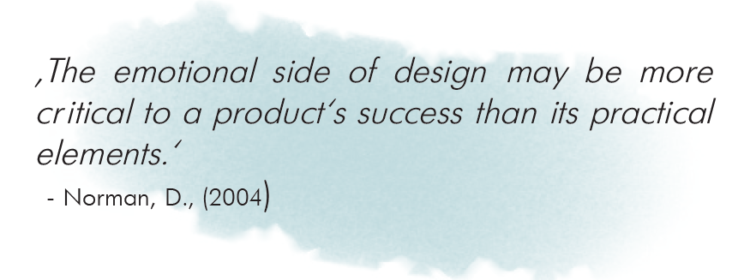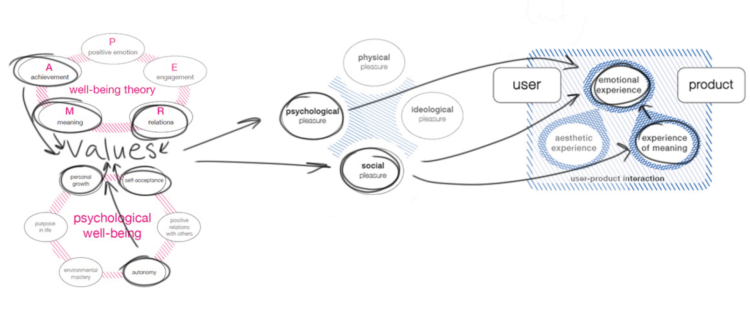Adding Emotion to Inclusive Design Tools
ongoing
What do existing Inclusive Design tools cover? This exploration found that the personal, emotional perspective is underrepresented. Can it be included, to increase well-being?

This 10 day project in the Inclusive Design elective is an exploration of the functionality and application of existing inclusive design tools. The project found that the emotional aspect when designing for inclusion is rarely being intentionally included in the process. Especially for people with disabilities, that could be of crucial importance as they tend to have poorer psychological well-being than their non-disabled peers. ‘Don’t make assumptions about someone’s level of impairment, their needs or preferences based on a previous experience of a person with the same type of impairment. Each person is individual.’ On that basis, a new method is proposed which aims to include the application of emotional design in the field of inclusive design.
Process
Initially, the project evaluated inclusive design tools on face value. The Cambridge Design Guide and the Microsoft Inclusive Design toolkit were analysed. The simulation glasses from Cambridge for instance appeared to be a useful tool, applied in numerous different contexts around the world. They serve to explore customer journeys in applications ranging from architecture to travelling and cooking. The tool appeared to work well to surface practical issues and increase empathy of designers towards users. Another method that has the same effect is the empathic service safari that helps designers to put themselves in the role of the user and consider their feelings and perspectives. Another example is ‘The Persona Spectrum’ in the Microsoft Inclusive Design Toolkit. It is used to show how a solution can scale to a broader audience and is also a quick tool to help foster empathy.
This exploration concluded that none of those tools address the complexity of emotions users experience when using products designed for inclusivity.
‘Where is the social, emotional aspect of those towards whom Inclusive Design is directed?’’
Stella Boess, 2018
After taking into consideration the participatory research of fellow students from the smart cooking team (the pain points which they have identified through interviews and literature review), several models for emotions were chosen from the book ‘Positive Design reference guide’. All the parts which constructed the models were evaluated in a case study. The connections between the models are visualized below. On that foundation, a list of criteria was defined and incorporated in the final tool.

The main insights of the research were summarized in a visual, depicting the negative emotions which users are currently experiencing, opposed to the positive ones that would improve their psychological well-being.

Take-aways for future design

Design Directions
On the basis of this research, it was concluded that an evaluation tool can support designers in creating products that improve the well-being of disabled users by including the emotional layer in the inclusive design field. The ‘Well-being calculator’ is a matrix, incorporating the most important criteria for the well-being of disabled people. This is a method that aims to translate the emotional needs of the users in a scalable form and give them some kind of a visual representation. It can be applied in the evaluation phase of the project where the users will get the chance to test the concepts.
